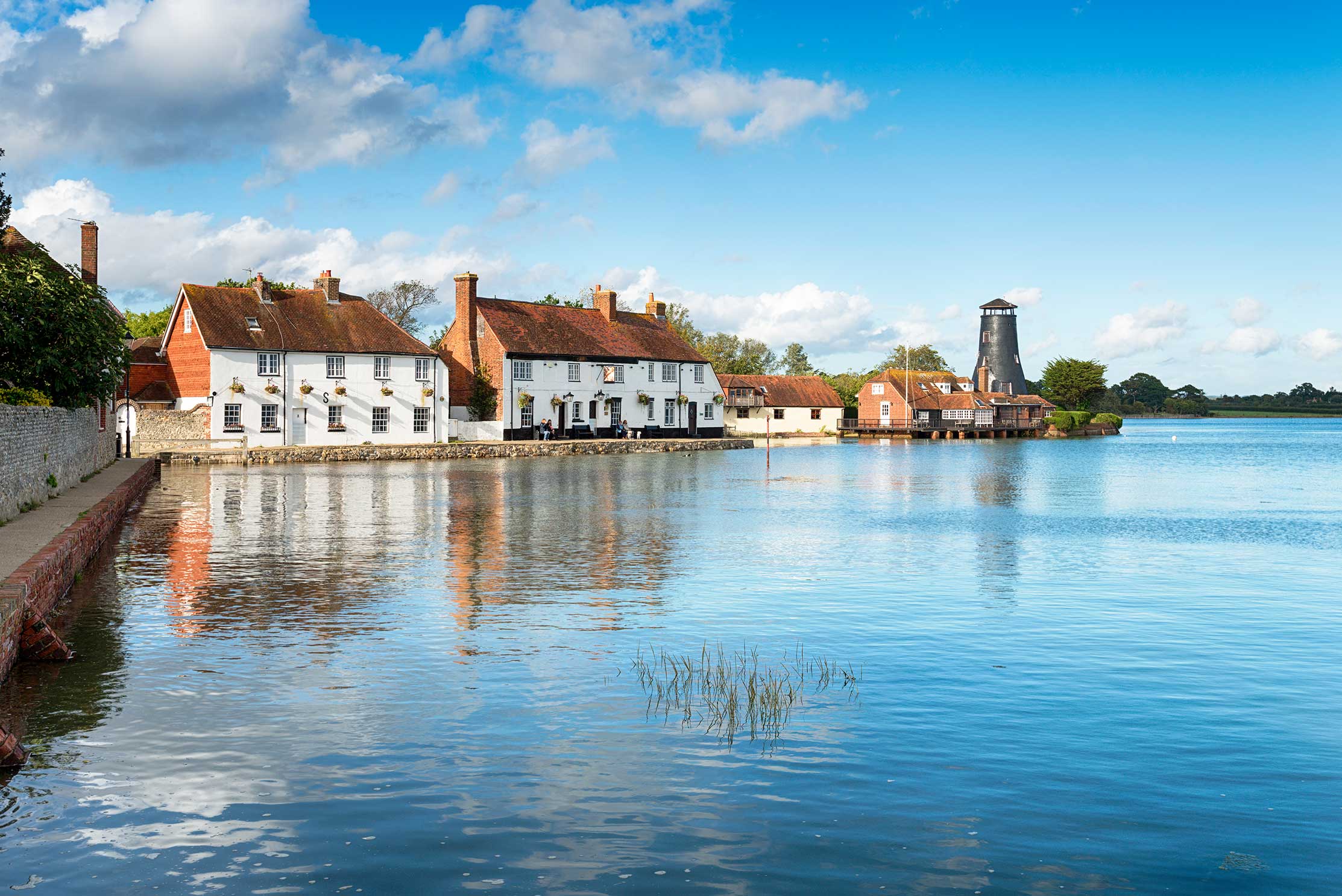Navigating planning regulations can be complicated — especially when local rules vary across Hampshire’s boroughs and national parks.
Whether you’re planning an extension, building a new home, or and renovation, a clear understanding of planning requirements can make all the difference. Here’s what homeowners need to know.
Know Which Local Authority Covers Your Project
Hampshire’s planning landscape includes multiple District and Borough Councils, plus areas governed by national park authorities (e.g. South Downs, New Forest) hants.gov.ukeasthants.gov.uk. Some councils — like East Hampshire — are split between their own district administration and the South Downs National Park Authority, so it’s essential to confirm which authority applies to your location easthants.gov.uk.
Use Local Plans and Neighbourhood Plans to Guide Design
Each council prepares a Local Plan, setting the framework for acceptable development in their jurisdiction hants.gov.uk. In some areas, Neighbourhood Plans add detailed policies shaped by local communities easthants.gov.uk. These documents shape how your project should look and whether it can proceed.
Check for Permitted Development Rights and Article 4 Restrictions
Small-scale projects often fall under Permitted Development (PD) rights — meaning no full planning application is needed. Typical examples include modest kitchen or loft extensions hampshire-architect.co.uk. But in conservation areas, Areas of Outstanding Natural Beauty, or sites affected by Article 4 Directions, PD rights may be withdrawn, meaning planning permission is required even for minor works basingstoke.gov.ukrushmoor.gov.uk.
Consider Pre-Application Advice Where Available
Many Hampshire councils offer valuable pre-application advice, allowing you to test the feasibility of your project before submitting a formal application hants.gov.ukeasthants.gov.uk+1.
A recent summary noted that such advice can reduce risk, save time, and help ease the application through potential sticking points — but it’s non-binding.
Prepare Required Documentation Carefully
Hampshire’s planning authorities typically require:
- A site plan (e.g. Ordnance Survey extract with licence number) fareham.gov.ukrushmoor.gov.uk
- A Design & Access Statement for many applications fareham.gov.uk
- Local validation checklist items, including biodiversity net gain assessments where applicable easthants.gov.uk
Missed or incomplete documents may result in your application being classified as invalid rushmoor.gov.ukeasthants.gov.uk.
Understand Who is Responsible for What
District and borough councils manage most residential and domestic plans, while Hampshire County Council handles specific aspects — such as surface water drainage for larger developments hants.gov.uk. For commercial, mineral, or waste proposals, consult the relevant county-level processes hants.gov.uk.
Anticipate Community and Statutory Consultations
After submission, many authorities consult statutory bodies (like highways or environmental agencies) and, in some cases, parish councils or neighbours basingstoke.gov.ukelvethamheath-pc.gov.uk. Engaging your community early can help mitigate objections and smooth progress.
Know the Timelines — and Your Appeal Rights
Standard decisions are usually issued within eight weeks; more complex applications may take up to 13 weeks easthants.gov.uk. If your application is delayed with no response, you may appeal under “non-determination” grounds — but be aware that appeal processes can be lengthy. If an application is refused, only roughly one in three appeals succeed, so careful preparation is key easthants.gov.ukHomebuilding.
Summary Table: Key Steps to Navigate Hampshire’s Planning System
Step | What to Do |
1 | Confirm the relevant planning authority (council vs. national park) |
2 | Review Local and Neighbourhood Plans to understand design expectations |
3 | Check whether your project falls under PD or needs full planning |
4 | Consider seeking pre-application advice early — it’s strategic, not binding |
5 | Prepare all required documentation thoroughly |
6 | Be aware of multiple tiers of approvals (district, county, national parks) |
7 | Engage with neighbours and statutory consultees proactively |
8 | Track application timelines and know appeal procedures if needed |
Understanding planning in Hampshire isn’t just about ticking boxes — it’s about shaping better proposals, reducing risk, and crafting outcomes that fit where you live.
Shall I adapt this to include specific examples of how seasoned architects help clients navigate these steps with ease — whether that’s interpreting local plans, guiding pre-application strategy, or liaising with multiple authorities?











